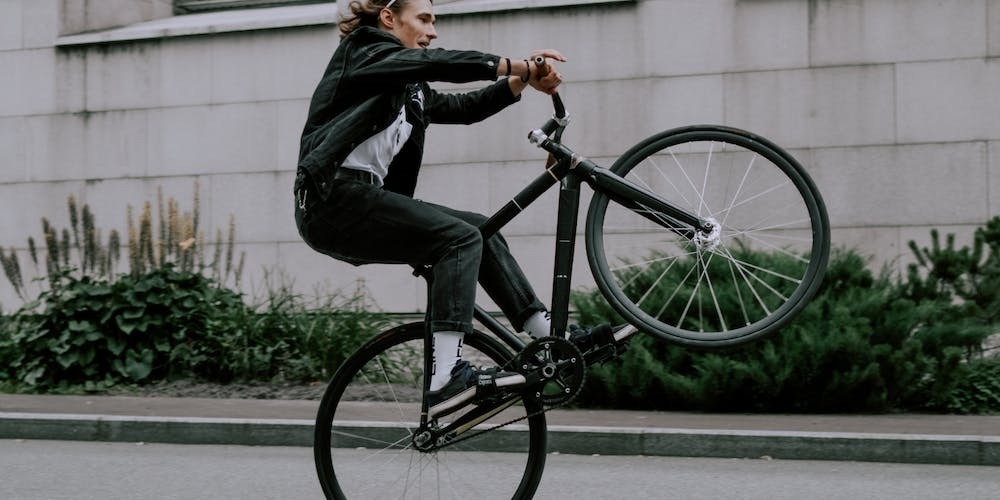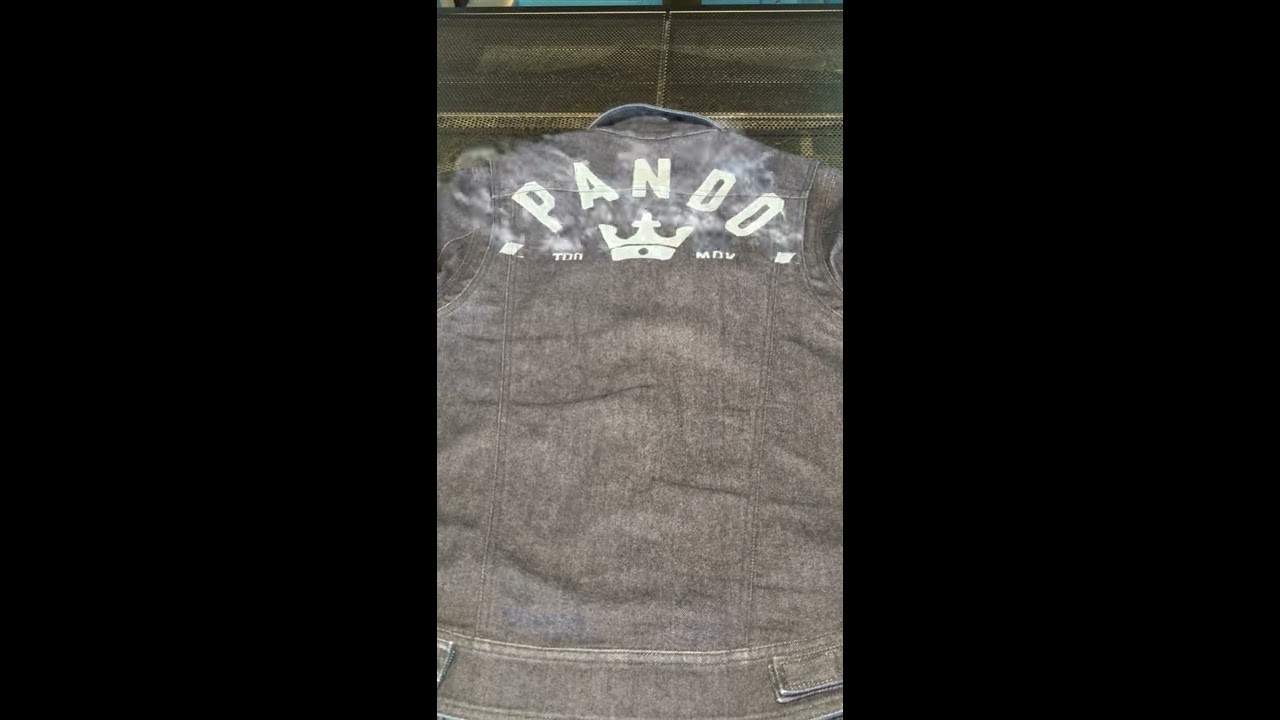Shopping Style
The Benefits of a Kevlar Riding Jacket
Riding a motorcycle can be an exhilarating experience, but it also comes with its own set of risks. One of the most important pieces of gear for any rider is a protective jacket. Among the various options available in the market, a Kevlar riding jacket stands out as one of the best choices for riders. In this article, we will delve into the details of what makes a Kevlar riding jacket so special and how it can help keep you safe on the road.
What is a Kevlar Riding Jacket?

The material
Kevlar is a high-strength synthetic fiber that was first developed by the DuPont company in the 1960s. It is five times stronger than steel and has been used extensively in a variety of applications, including bulletproof vests, tires, and even spacecraft. When used in motorcycle gear, it provides excellent protection against abrasion and impact.
The design
A Kevlar riding jacket is designed specifically for motorcyclists. It typically features a snug fit, longer sleeves, and reinforced stitching to ensure maximum comfort and protection while riding. Some Kevlar jackets also come with armor inserts in key impact areas such as elbows, shoulders, and back for added protection.
How to Choose the Right Kevlar Riding Jacket?

Fit and Size
The first thing to consider when choosing a Kevlar riding jacket is the fit and size. A jacket that is too loose or too tight can hinder your movements and reduce the effectiveness of the Kevlar lining. Ensure that the jacket fits snugly without restricting your range of motion.
Level of Protection
While all Kevlar jackets offer a high level of protection, some may have additional features such as CE-certified armor inserts or reflective panels for visibility. Consider your riding style and preferences to determine the level of protection you need.
Weather Resistance
If you are a year-round rider, then it is important to choose a Kevlar jacket that can withstand different weather conditions. Look for jackets that offer water resistance and ventilation options for hot weather riding.
Pros and Cons of Kevlar Riding Jackets

Pros
- Highly Durable: Kevlar is known for its exceptional strength and durability, making it an ideal material for motorcycle gear.
- Excellent Protection: The Kevlar lining provides unparalleled protection against abrasion and impact, reducing the risk of serious injuries in case of an accident.
- Comfortable Fit: Kevlar jackets are designed to fit snugly and comfortably, allowing for maximum movement while riding.
- Versatility: Kevlar jackets come in various styles and designs, making them suitable for both casual street riding and more aggressive track riding.
Cons
- Expensive: Kevlar jackets can be more expensive than other types of riding jackets due to the high-quality materials used in their construction.
- Limited Waterproofing: While some Kevlar jackets offer water resistance, they may not provide full waterproofing, which can be a disadvantage for riders who frequently ride in wet conditions.
- Potential Overheating: Some Kevlar jackets may not have adequate ventilation, making them uncomfortable to wear during hot weather riding.
Alternatives to Kevlar Riding Jackets

While Kevlar riding jackets offer excellent protection, they may not be suitable for everyone or every riding style. Here are some alternative options to consider:
- Leather Jackets: Leather jackets have been the go-to choice for motorcycle riders for many years. They offer good protection against abrasion and are often more affordable than Kevlar jackets.
- Mesh Jackets: Mesh jackets are designed for warm weather riding, offering maximum ventilation and breathability. However, they may not provide as much protection as Kevlar or leather jackets.
- Textile Jackets: Textile jackets are a more affordable alternative to Kevlar jackets. They are lightweight, waterproof, and often come with armor inserts for added protection.
Step by Step Guide to Wearing a Kevlar Riding Jacket

- Begin by putting on your base layer, such as a moisture-wicking shirt, to keep you dry and comfortable while riding.
- Put on any additional layers you may need depending on the weather.
- Carefully put on your Kevlar riding jacket, ensuring that it fits snugly and comfortably.
- Secure all zippers, buttons, and straps to ensure that the jacket stays in place while riding.
- If your jacket has removable armor inserts, make sure they are properly placed in the designated pockets.
- Adjust any ventilation options according to your needs.
- As a final touch, put on any other gear you may need, such as gloves, boots, and a helmet, to complete your riding outfit.
Tips for Maintaining Your Kevlar Riding Jacket
- Follow the manufacturer’s instructions when washing your Kevlar jacket.
- Do not use harsh chemicals or bleach as they can damage the Kevlar fibers.
- Hang the jacket to dry instead of using a dryer.
- Avoid storing your jacket in direct sunlight or extreme temperatures.
- Inspect your jacket regularly for any signs of wear and tear and replace it if necessary.
FAQs
What is the difference between a Kevlar and leather riding jacket?
Kevlar jackets offer better abrasion resistance and are more lightweight than leather jackets. They also tend to have a slimmer fit and provide more flexibility and movement while riding.
Are Kevlar jackets suitable for all types of riders?
Yes, Kevlar jackets are suitable for both casual street riders and more aggressive track riders. However, the level of protection may differ depending on the specific design and features of the jacket.
Can I wear a Kevlar jacket in hot weather?
Some Kevlar jackets come with ventilation options, making them suitable for warm weather riding. However, they may not be as breathable as other types of riding jackets such as mesh or textile.
How often should I replace my Kevlar jacket?
It is recommended to replace your Kevlar jacket every 3-5 years or after a significant impact or wear and tear.
Are there any downsides to wearing a Kevlar jacket?
While Kevlar jackets offer excellent protection, they can be more expensive than other types of riding jackets. They may also not provide full waterproofing or adequate ventilation, depending on the specific design.
Conclusion
A Kevlar riding jacket is an essential piece of gear for any motorcycle rider. It offers unparalleled protection against abrasion and impact while providing a comfortable and flexible fit. When choosing a Kevlar jacket, consider the fit and size, level of protection, and weather resistance to ensure you get the best possible gear for your riding needs. By following proper maintenance and wearing tips, a Kevlar jacket can last for many years and keep you safe on the road.
